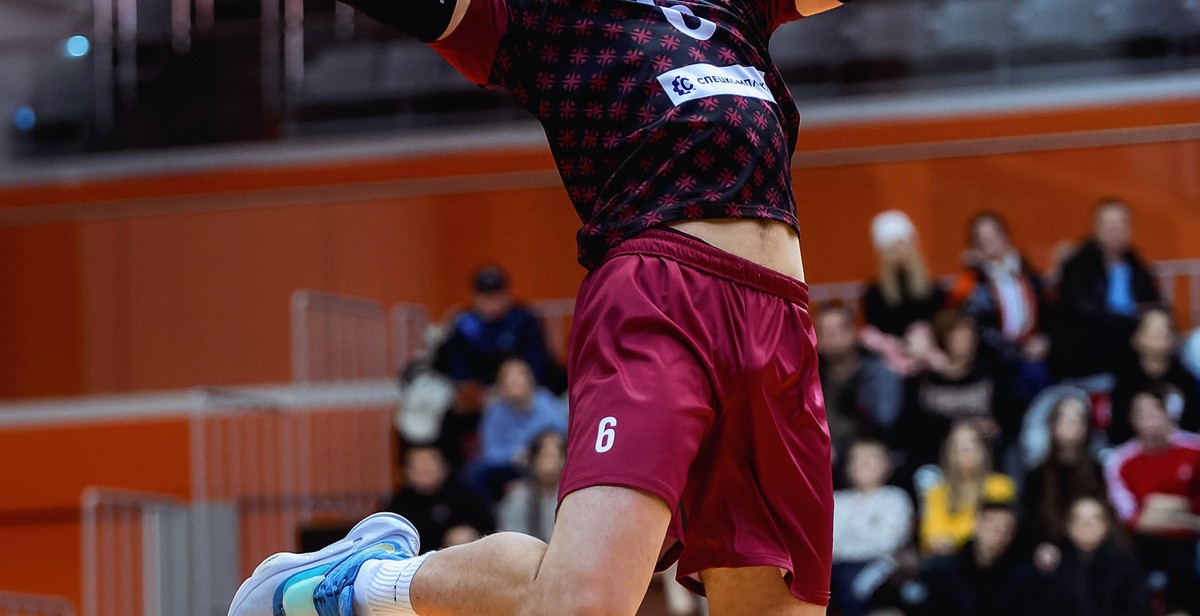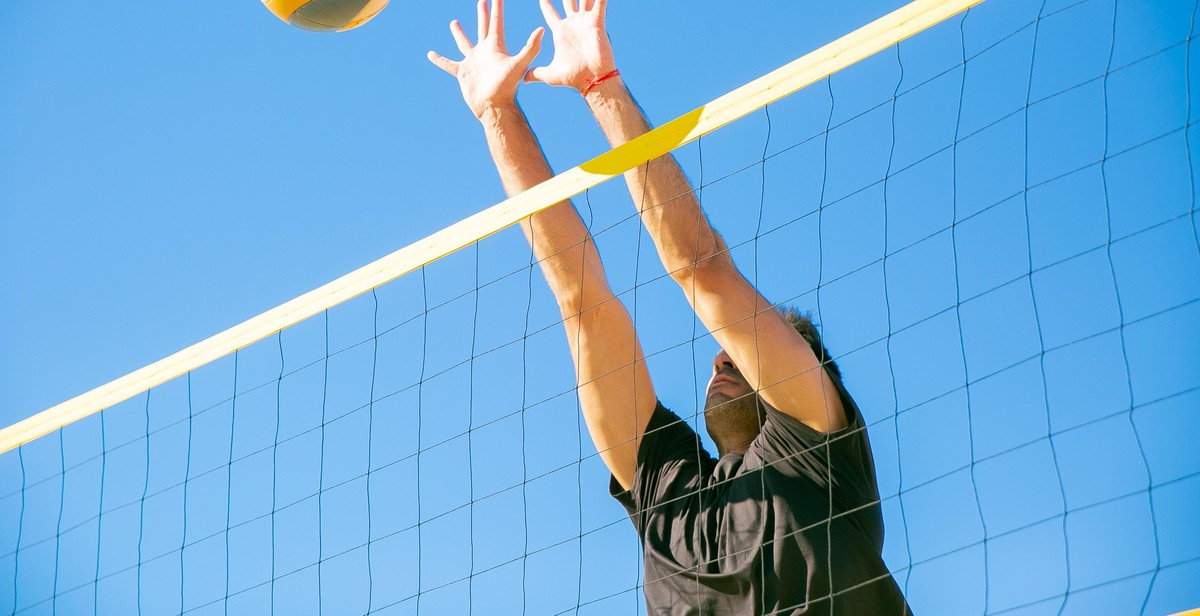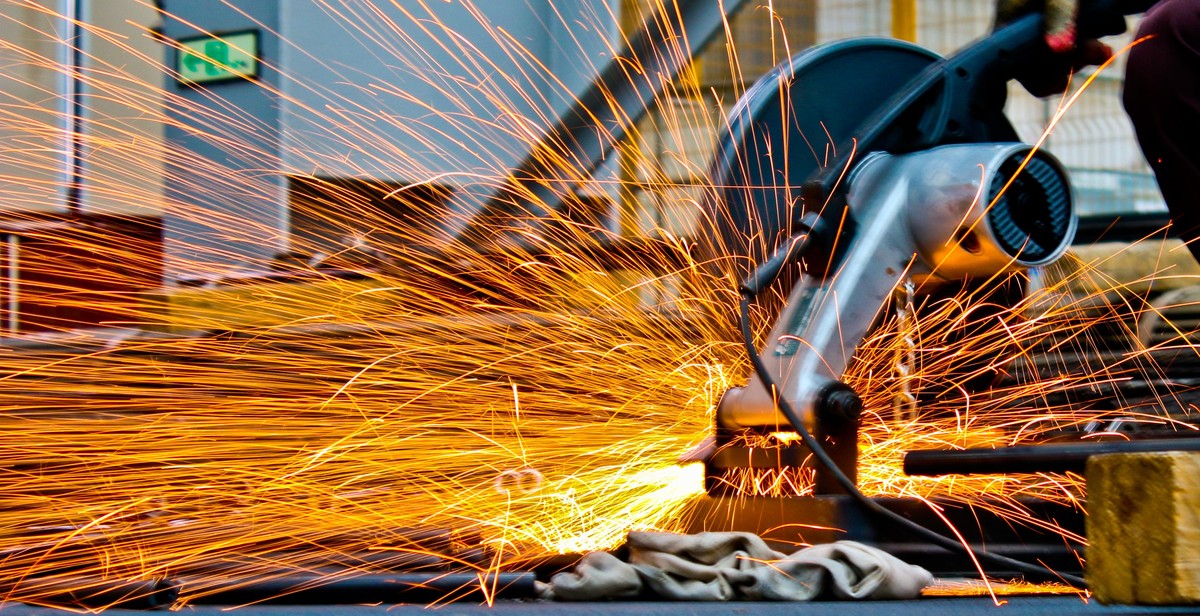How to Dig a Volleyball Hard-Hit Ball: Techniques and Body Positioning for Successful Digs
As a professional volleyball player with years of experience, I can attest to the importance of a successful dig in a game. Digs are crucial in saving points and turning the momentum in your team’s favor. However, digging a hard-hit ball can be challenging, especially if you are not in the right position or using the proper technique.
In this article, I will share my personal experience and techniques on how to dig a hard-hit ball effectively. I will cover the correct body positioning, footwork, and arm movements required to make a successful dig. Additionally, I will provide tips on how to anticipate the ball’s trajectory and prepare yourself mentally and physically for the dig.
Whether you are a beginner or an experienced volleyball player, this article will provide you with the necessary information to improve your digging skills and become a valuable asset to your team. With these techniques, you can confidently dig a hard-hit ball and help lead your team to victory.

Understanding the Basics of Volleyball Digging
As a volleyball player, one of the essential skills you need to master is digging. Volleyball digging is the act of preventing the ball from hitting the ground on your team’s side of the court after it has been hit by the opposing team. It involves using your forearms to pass the ball to a teammate, allowing them to set up an attack.
What is a Volleyball Dig?
A volleyball dig is a defensive move that requires quick reflexes, good anticipation, and proper technique. It is typically performed by the back-row players, who are responsible for receiving the ball from the opposing team’s attack. The goal is to keep the ball in play and prevent the opposing team from scoring a point.
During a dig, players use their forearms to pass the ball to a teammate, who will then set up an attack. The pass should be accurate and high enough to allow the setter to get into position and make a play.
Why is Volleyball Digging Important?
Volleyball digging is crucial because it can determine the outcome of a game. If a team is unable to dig the ball, the opposing team will score points and gain momentum. However, if a team is proficient in digging, they can keep the ball in play and set up their own attacks, increasing their chances of scoring points and winning the game.
Moreover, volleyball digging is an essential skill for all players, regardless of their position. Even front-row players should be able to dig the ball if necessary, as it can be a game-changer in critical moments.
| Benefits of Volleyball Digging |
|---|
| Prevents the opposing team from scoring points |
| Allows the team to set up their own attacks |
| Increases the team’s chances of winning the game |
Overall, volleyball digging is an essential skill that should be mastered by all players. It requires quick reflexes, good anticipation, and proper technique. By being proficient in digging, a team can prevent the opposing team from scoring points, set up their own attacks, and increase their chances of winning the game.

Perfecting the Techniques for Volleyball Digging
Successfully digging a hard-hit volleyball requires a combination of proper body positioning, quick reflexes, and precise timing. Here are some techniques to help you perfect your volleyball digging skills:
Positioning Your Body
The first step to successful volleyball digging is positioning your body correctly. You should stand with your knees slightly bent, your weight on the balls of your feet, and your arms outstretched in front of you. Keep your eyes on the ball and your body facing the hitter.
Reading the Hitter’s Body Language
As the hitter approaches the ball, watch their body language to anticipate where they will hit the ball. Their shoulder and arm movements will give you clues as to where the ball is headed. Stay focused on the hitter until the ball is hit.
Anticipating the Ball’s Trajectory
Once the ball is hit, keep your eyes on it and anticipate its trajectory. Move your body in the direction you think the ball will go, and be ready to adjust your position as needed. This is where quick reflexes come into play.
Timing Your Movements
Timing is crucial when it comes to volleyball digging. You need to move quickly to get into position, but you also need to time your movements so that you hit the ball at the right moment. This takes practice and experience, but with time, you’ll learn to time your movements perfectly.
Using Your Arms and Legs to Dig the Ball
When it comes to actually digging the ball, use your arms and legs to generate power. As the ball approaches, drop your hips and bend your knees to get low to the ground. Use your arms to scoop the ball up, and then follow through with your legs to generate power and send the ball back over the net.
- Remember to keep your wrists firm and your hands together when digging the ball.
- Don’t swing your arms wildly, as this will reduce your accuracy and power.
- Practice digging balls at different heights and angles to improve your skills.
With these techniques in mind, you’ll be well on your way to becoming a skilled volleyball digger. Remember, practice makes perfect, so keep working on your skills and you’ll see improvement over time.

Tips for Successful Volleyball Digging
Effective volleyball digging requires skill, technique, and practice. Below are some tips to help you improve your volleyball digging:
1. Stay Focused and Confident
When attempting to dig a hard-hit ball, it is important to stay focused and confident. Keep your eyes on the ball and anticipate where it is going to go. Trust your instincts and don’t hesitate when going for the dig. Remember, the more confident you are, the more likely you are to successfully dig the ball.
2. Practice Consistently
Practice makes perfect, and consistent practice is essential for improving your volleyball digging skills. Set aside time to practice your digging technique, footwork, and body positioning. Work on digging balls from different angles and heights to challenge yourself and improve your reaction time.
3. Communicate with Your Teammates
Communication is key when it comes to successful volleyball digging. Let your teammates know where you are on the court and where you plan to dig the ball. This will help them adjust their positioning and be ready to cover any gaps. Additionally, be sure to communicate with your teammates after a successful dig to maintain team morale and keep the energy high.
By staying focused and confident, practicing consistently, and communicating with your teammates, you can improve your volleyball digging skills and become a valuable asset to your team.

Conclusion
Mastering the art of digging a hard-hit volleyball ball requires a combination of techniques and body positioning. It may seem daunting at first, but with practice, it can become second nature. Remember to always keep your eyes on the ball and anticipate where it will go. Keep your feet shoulder-width apart and your knees bent to maintain balance.
When digging, use your platform to create a solid surface for the ball to bounce off. Make sure your arms are straight and your wrists are locked to absorb the impact. Keep your elbows close to your body to maintain control and accuracy.
It’s also essential to communicate with your teammates and call out the ball’s direction to avoid confusion. Remember to stay low and move quickly to reach the ball.
By implementing these techniques and body positioning, you can increase your chances of successfully digging a hard-hit volleyball ball. Practice makes perfect, so don’t be afraid to make mistakes and keep trying. With dedication and perseverance, you can become a pro at digging in no time!
